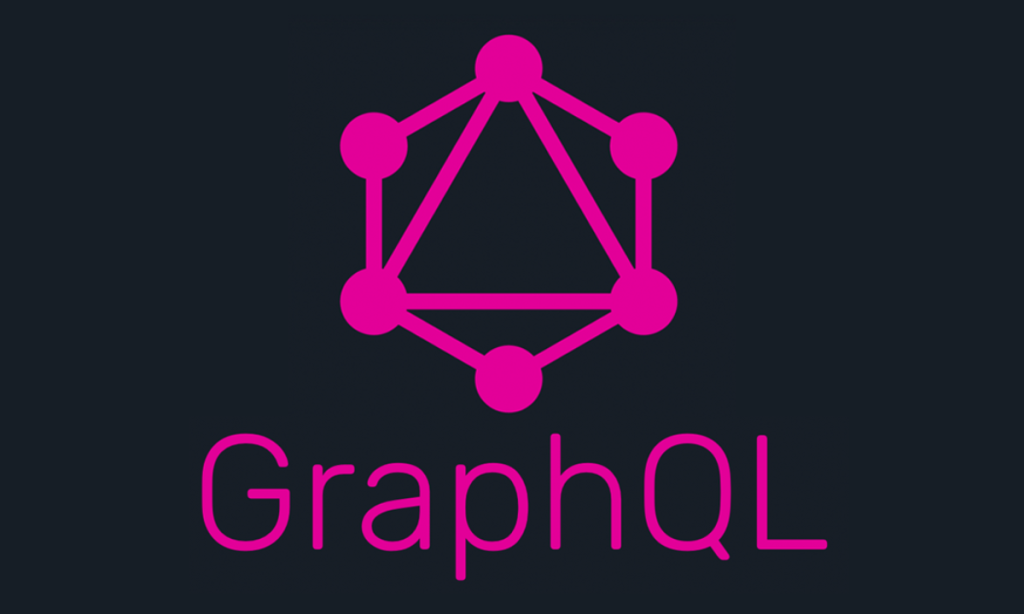
Introduction
APIs play a crucial role in modern web and mobile app development, enabling seamless data exchange between servers and clients.
When designing APIs, developers often compare GraphQL vs REST to determine which architecture best suits their application. Both offer unique strengths, but the choice depends on flexibility, performance, and scalability needs.
Understanding REST API
REST (Representational State Transfer) is a widely used API architecture that relies on predefined endpoints and HTTP methods such as GET, POST, PUT, and DELETE.
REST APIs are simple, scalable, and easy to integrate, making them ideal for applications where data requirements are straightforward.
However, REST can become inefficient when clients need to fetch data from multiple endpoints, leading to over-fetching or under-fetching of information.
What is GraphQL ?
Developed by Facebook, GraphQL is a modern API query language designed to overcome REST’s limitations. Instead of multiple endpoints, GraphQL uses a single endpoint that allows clients to request exactly the data they need.
This makes GraphQL APIs faster and more efficient, especially for applications with complex data structures or dynamic front-end requirements.
Comparing GraphQL and REST
When comparing GraphQL vs REST, the key difference lies in flexibility. REST follows a fixed structure, while GraphQL provides on-demand queries that minimize redundant data transfer.
GraphQL is ideal for real-time applications and mobile apps where bandwidth efficiency matters. On the other hand, REST remains a better choice for simpler systems where caching, stability, and easy debugging are priorities.
Choosing the Right API Architecture
The decision between GraphQL and REST depends on your project’s needs. For large-scale, data-driven applications requiring real-time updates and precise control, GraphQL is the better option.
For smaller or resource-limited systems prioritizing simplicity and performance, REST remains a reliable choice. Ultimately, understanding the strengths of both GraphQL and REST APIs helps developers design scalable and efficient backend architectures suited for future growth.
